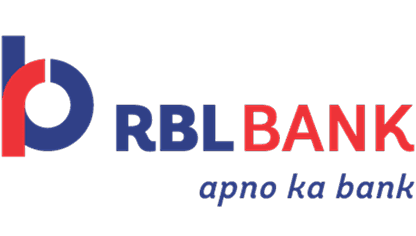In the dynamic landscape of Indian manufacturing, micro, small and medium enterprises (MSMEs) are continually seeking innovative solutions to optimise operational efficiency and sustainability. Elevated solar panel installations present a compelling opportunity, enabling businesses to harness renewable energy while simultaneously enhancing factory space utilisation.
Understanding elevated solar installations
Elevated solar installations involve mounting photovoltaic panels on raised structures, typically above existing rooftops or open areas within industrial premises. This design not only facilitates solar energy generation but also creates additional usable space beneath the panels, which can be repurposed for various operational needs.
Advantages for MSMEs
Optimised space utilisation
By elevating solar panels, MSMEs can effectively double the utility of their factory spaces. The area beneath the panels can serve as storage, parking, or even additional workspace, thereby maximising the return on existing infrastructure investments.
Enhanced energy efficiency
Elevated installations allow for better airflow and reduced heat accumulation on rooftops, leading to improved energy efficiency within the facility. This can result in lower cooling costs and a more comfortable working environment.
Increased solar exposure
Positioning panels at an elevated level can reduce shading from surrounding structures and obstacles, ensuring maximum exposure to sunlight and, consequently, higher energy generation.
Implementation considerations
Structural integrity
Before proceeding with elevated installations, it's imperative to assess the structural capacity of existing buildings to support additional loads. Engaging structural engineers for thorough evaluations ensures safety and compliance with building codes.
Design and orientation
Optimal design and orientation of elevated structures are crucial for maximising solar gain. Factors such as panel tilt, spacing, and alignment with the sun's path should be meticulously planned.
Regulatory compliance
MSMEs must navigate local regulations and obtain necessary permits for elevated installations. Adhering to zoning laws and building codes is essential to avoid legal complications.
Financial considerations
Investment and returns
While elevated installations may entail higher initial costs compared to traditional rooftop systems, the dual benefits of energy generation and additional usable space can lead to substantial long-term savings and revenue opportunities.
Government incentives
The Indian government offers various subsidies and incentives to promote solar adoption among MSMEs. Leveraging these schemes can significantly offset installation costs and enhance the financial viability of elevated solar projects.
Case studies
Textile manufacturing unit in Gujarat
A textile MSME in Gujarat implemented an elevated solar installation above its dyeing unit. The space beneath the panels was converted into a storage area for raw materials, while the solar system met 60% of the facility's energy needs, resulting in a 40% reduction in electricity costs.
Automotive parts manufacturer in Tamil Nadu
An automotive parts manufacturer in Tamil Nadu installed elevated solar panels over its parking lot. This not only provided covered parking for employees but also generated sufficient electricity to power the administrative block, leading to significant energy savings.
Conclusion: a strategic move towards sustainable growth
Elevated solar panel installations offer MSMEs a strategic avenue to enhance factory space utilisation while embracing renewable energy. By carefully considering design, structural, and financial aspects, businesses can unlock substantial operational and environmental benefits, positioning themselves for sustainable growth in the evolving industrial landscape.




 +91 7208055523
+91 7208055523
 Help & support
Help & support
